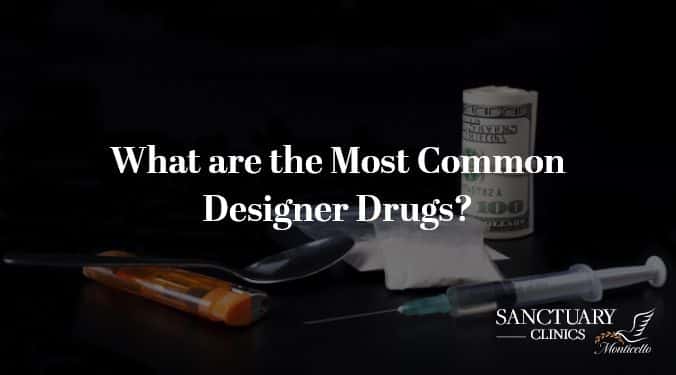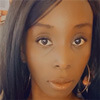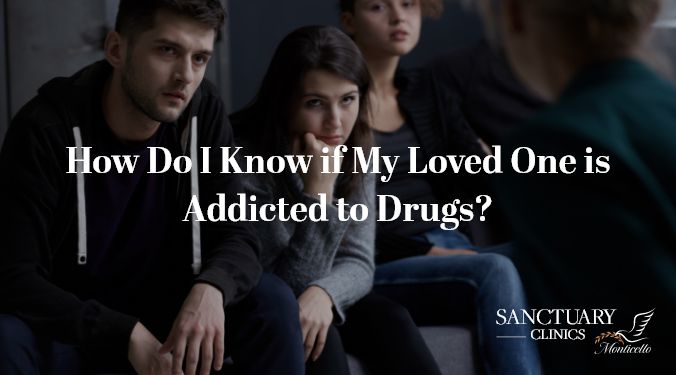When most people think of the word, “designer”, the first thing which pops into mind is high-end fashion brands like Gucci, Prada, Louis Vuitton, etc. However, the phrase “designer drug” carries a more sinister tone. It refers to drugs which are synthetic. This means they are manufactured in laboratories and designed to mimic the effects of other drugs. They have different chemical components which are difficult to recognize because of these varying methods of manufacture. This is a problem, as the changing ingredients means the effects of these drugs on a person can also be haphazard, sometimes with disastrous consequences.
There are numerous types of designer drugs. They are perceived as legal, which makes them very dangerous. Some of the designer drug categories we will discuss include stimulants, cannibinoids, and hallucinogens. We will then be discussing specific designer drugs in each category.
Why are designer drugs created?
Designer drugs are aimed at having a more potent effect and fewer side effects than the mainstream drugs. They are chemically altered to produce more powerful effects on the brain and body. Thus, the demand for stronger drugs which are not as easily detected is what leads to their manufacture in laboratories. The compounds can be easily created with readily made raw materials, hence even non-chemists are involved in their synthesis.
How are designer drugs packaged and sold?
Designer drug packaging is usually colorful and attractive, a factor contributing to its growing popularity. They are usually packaged with inaccurate labels which do not describe the product contents, chemical content, or concentration. Sometimes, they include a “not for human consumption” label to avoid legal risk.
Who uses designer drugs?
Young adults are the primary users but changing trends suggest the military are increasingly using them. They are also sold without age restrictions, making it attractive to youth. Users are primarily males in their mid to late 20s, but ages range from teens to adults 40 years of age. They tend to be single, with lower levels of education and income. Those who use designer drugs are more likely to be from families with poor discipline, high family conflict, parents who use substances, or foster care families.
Why are designer drugs popular?
There has been a surge in popularity of designer drugs due to a number of factors. Some of these are:
- They are seen as a cheaper alternative.
- They are generally more potent than the mainstream drug equivalent.
- They are harder to detect in drug screening.
- They have enticing slang names which attract youth to try them.
- They are not considered illegal substances, so there is no legal consequence for using them. Thus, the perceived “legal high” users can get is considered an incentive to try them. However, there are several dangers associated with the use of these drugs as highlighted below.
Why are designer drugs dangerous?
There is a common misconception since these drugs are not illegal, they are safe for use, with none of the risks associated with other drugs. However, due to this belief, there is an increased risk of overdose or even addiction. Additionally, designer drugs are a danger because their potency and chemical makeup can vary greatly depending on where they are made. They may be laced with substances which lead to side effects like vomiting, dizziness, or even over-dosage. Because they lack uniformity, you can never be too sure of the effect it will have on your body. This unpredictable nature of the drugs is the most serious cause of concern.
Acute toxicity with designer drugs is common and they have severe medical and psychiatric effects: anxiety, agitation, psychosis, and tachycardia. Deaths have been recorded from acute toxic effects of designer drugs.
Are designer drugs legal?
Designer drugs are known as “legal highs” because they are intentionally marketed and distributed for recreational purposes, and they exploit the inadequate laws surrounding them. The marketing as “legal highs” may give a false impression of safety and purity compared to traditional illicit drugs. These synthetic compounds are becoming more readily available and have evaded legal regulation and detection by routine drug testing. Urine drug screens are not able to detect the designer drugs, which poses a huge challenge medically because testing isn’t available at most labs.
Categories of Designer Drugs
1. Stimulants – Mephedrone, Methylone, Methenedioxypyrovalerone (MDPV), Naphyrone
Slang names; Bath salts, sextacy, NRG-1.
These are derivatives of cathinone, which is the primary alkaloid in the natural herbal stimulant, khat. It produces effects such as increased alertness, increased heartbeat, sexual stimulation, talkativeness, euphoria, with a potential for psychosis (paranoia, hallucinations, and delusions) effects similar to amphetamines and cocaine.
2. Cannabinoids – HU-210, U2-144, Oleamide
Slang names: Spice, K2, K9, Scooby snax, Aroma, Herbal highs
These are usually mixed and sprayed on plant matter to make a form of potpourri or incense. They have effects like cannabis, such as mood alteration, reddening of eyes, and increased heartbeat. Adverse side effects can include worsening pre-existing psychiatric disorders, agitation, paranoia, and delusions.
3. Hallucinogens – 25I-NBOMe. 25B-NBOMe
Slang names: N-bomb, Solaris, Smiles, Cimbi-
These gained popularity after Alexander Shulgin published a book titled PIHKAL, a Chemical Love Story which detailed ”PIHKAL; Phenethylamines I Have Known and Loved.” Their effects are like LSD. They cause hallucinations with some stimulation.
Specific Examples of Designer Drugs
1. Ecstasy
This is easily the most famous and recognizable of the designer drugs. It is considered the ultimate party drug, and goes by several slang names such as “The Love Pill”, “Molly”, and “XTC” . As its name suggests, its effect is to produce a state of extreme euphoria and pleasure. It may make you feel energetic, alert, hyper, and have a feeling of emotional closeness to others.
However, there may be negative side effects such as sweating, blurred vision, muscle tension, and bruxism (grinding teeth) among others. Another issue is sometimes dealers may cut it with other drugs due to its high demand. This may lead to other unforeseen side effects, which can be life-threatening
2. GHB
GHB is also known as “liquid ecstasy”. It is a party drug which produces feelings of euphoria, relaxation, and sociability.
However, because it is a depressant, some side-effects of GHB can include drowsiness, amnesia, and impaired movement and speech, as well as more serious symptoms of agitation, unconsciousness, and respiratory collapse. The risk of overdose increases when GHB is combined with other drugs such as alcohol. Because it tasteless, it can be slipped into drinks to render someone unconscious. For this reason, it is also known as the “date rape drug”, and can be very dangerous if taken unknowingly
3. Ketamine
Ketamine, also known as “Special K”, is a dissociative anaesthetic drug which distorts perceptions of sight and sound, produces hallucinations, and provides you with feelings of detachment from both the environment and yourself. It is also considered a date rape drug due to its hallucinogenic properties. Because of its pain-relieving and mental effects, it can cause dependence, leading to the need to take higher doses to get the same effect, and eventually addiction.
4. Bath Salts
Bath salts are a synthetic drug which are often used as a cheaper alternative to crystal meth. It is snorted, smoked, or injected. Some symptoms may include delusions, dizziness, euphoria, and hallucinations. It increases heart rate, which may lead to stroke or heart attack. Another side-effect is it causes dangerously high body temperatures, delirium, and violent behavior.
5. Flakka
Like bath salts, “Flakka” (also called “Gravel” because of its appearance) is a synthetic stimulant. Its physical form is usually white or pink crystals which can be eaten, snorted, injected, smoked, or vaped. The key reported side-effect is excited delirium, a condition that involves hallucinations, hyper-stimulation, increased strength and sex drive, and paranoia. It is especially dangerous because it causes violent behavior, similar to bath salts. It has been given the nickname “the zombie drug” because it makes people move like zombies: jerking and contorting in an unnerving and inhuman way. This, together with the increased aggression and delusions makes someone on “Flakka” very dangerous to those around them.
6. U-47700
It is also known as “U4” and “Pinky”. U-47700 is a highly potent synthetic opioid. It is commonly sold in powder or tablet form and often has a pink hue. The means of taking it is snorting, swallowing, or injecting it into the body. It is highly addictive, and was popular during the opioid epidemic due to the strong high it produces.
Are there any other designer drugs?
Yes. There are several other designer drugs such as PCP, LSD, and Designer Marijuana, each with its unique side effects.
The key goal of this article was to highlight the most common of these designer drugs and show just because they are made artificially in laboratories does not mean they are safe for recreational use. The urban myth these drugs are not as harmful to your health is false, and if you know someone on these designer drugs, we suggest you get them help as soon as possible.
REFERENCES:
Weaver, M.F., Hopper, J.A. & Gunderson, E.W. Designer drugs 2015: assessment and management. Addict Sci Clin Pract 10, 8 (2015). https://ascpjournal.biomedcentral.com/articles/10.1186/s13722-015-0024-7
Johnson LA, Johnson RL, Portier RB. Current “legal highs”. J Emerg Med. 2013;44:1108–15.
Camp NE. Synthetic cannabinoids. J Emerg Nurs. 2011;37:292–3.









